List Of Historical People Who Left A Mark On Psychology


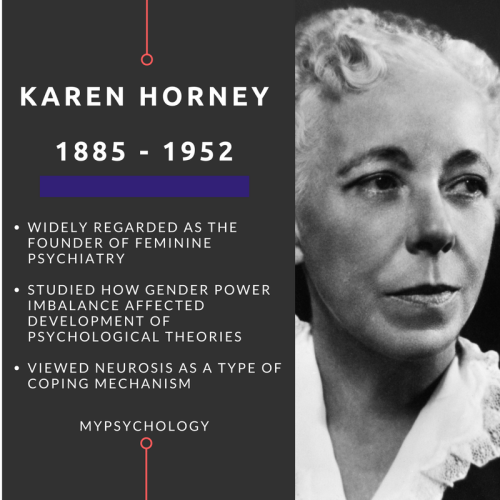
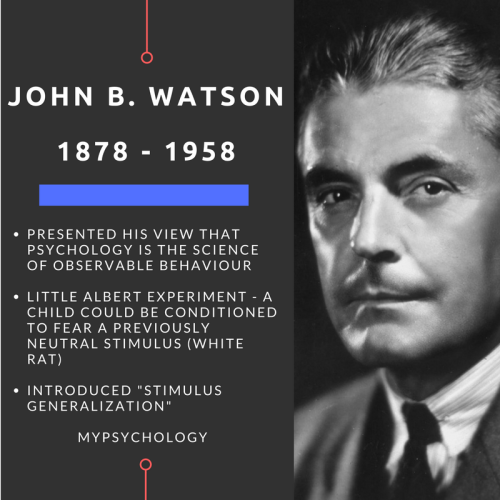
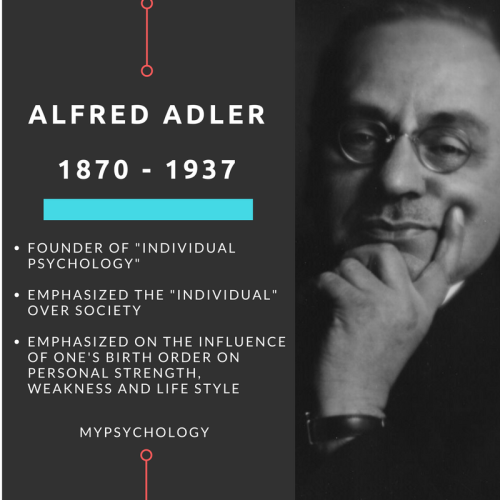



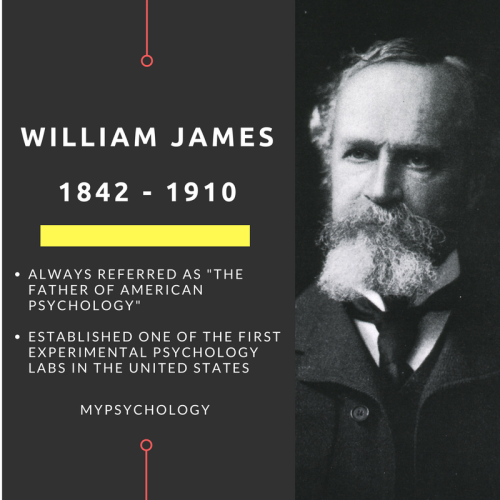
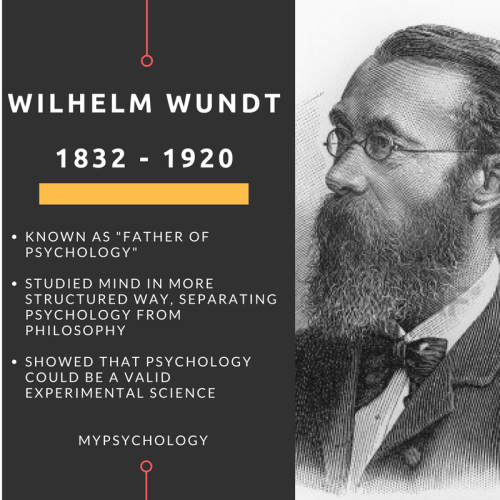
List of Historical People Who Left A Mark on Psychology
[MY Psychology]
More Posts from Karlfelersii and Others
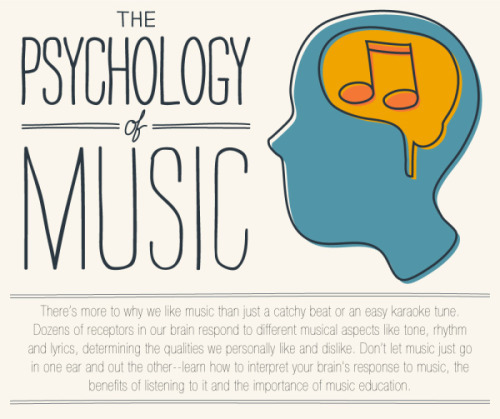
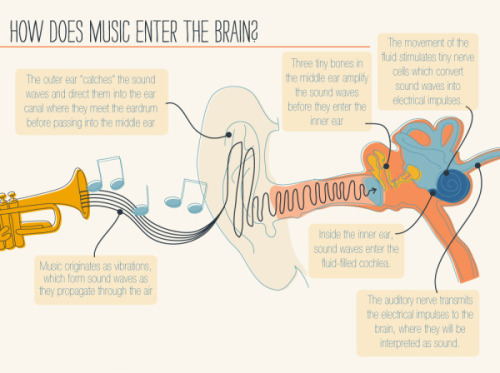
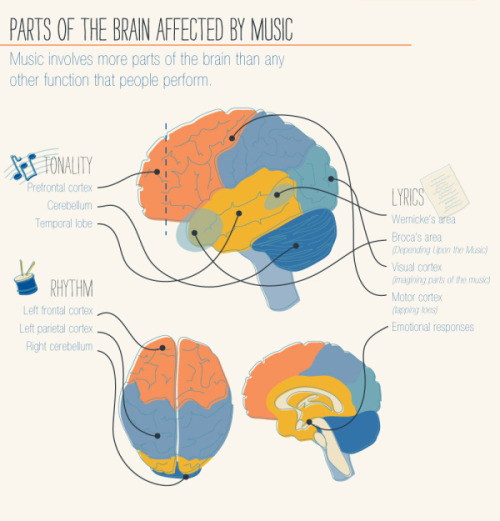
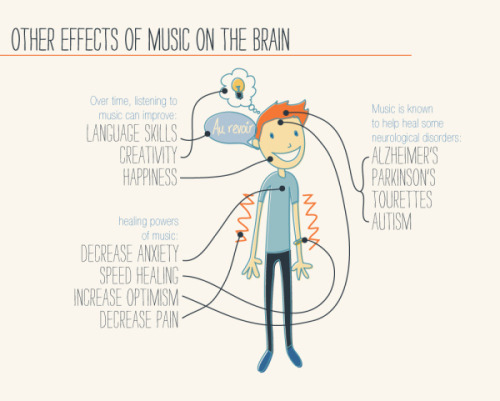
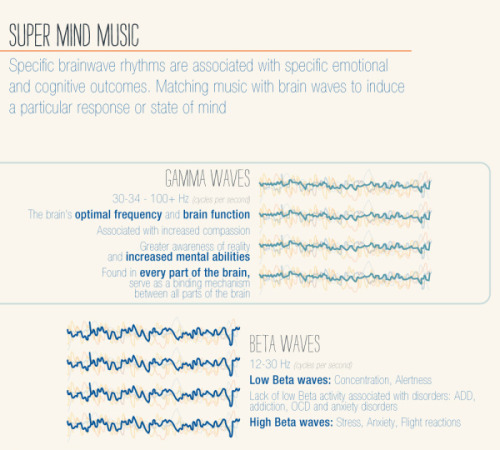
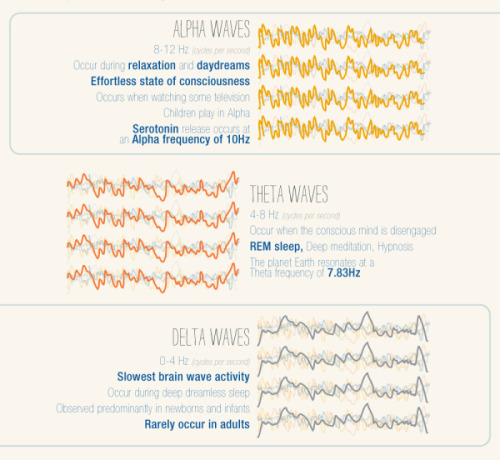
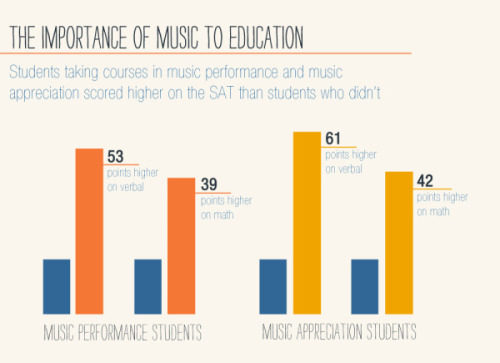
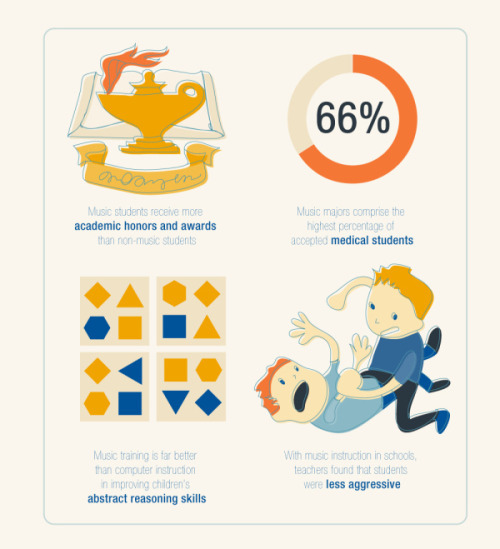
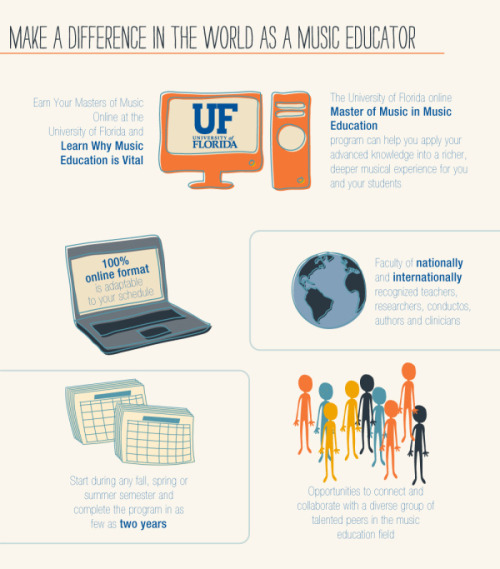
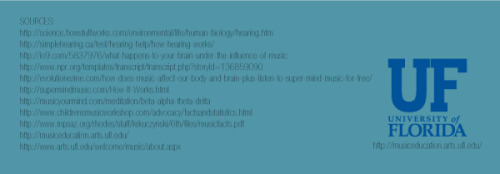
For more posts like these, go to @mypsychology

6 Reasons Why Smart People Cant Find Happiness
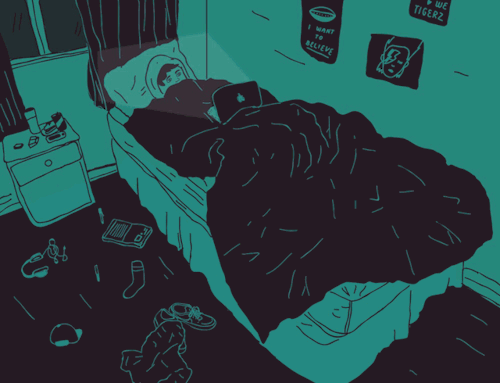
Happiness is the feeling of contentment and satisfaction that is craved by many but only achieved by some. Happiness is relative and subjective. But for many successful individuals, the presence of a great family life and a flourishing career is often not enough. On some occasions these do not prevent an smart individual from feeling a sense of loneliness, often sadness and melancholy.
Here are six psychological reasons why smart people have a harder time finding happiness.
1. Intelligent people over-analyze
Many individuals with high levels of intelligence often over think and analyze everything that occurs in their life and surroundings. While their ability to analyze things is a great asset, the constant analysis of everything often lead to frustrations especially when coming up with an undesired conclusion.
Being able to see through people’s intentions is a burden that most people don’t get to carry. Oftentimes, knowing how ugly the real world is like is……
Continue Reading Here
4 Ways To Improve Exam Memory | Psych2Go
Apacalyptica!
WHAT IS YOUR SOUL ELEMENT?

What is your soul element? Are you the master of fire, the controller of water, the bender of air, or the assembler of earth?
Take this test to know

This blog is Dedicated to anyone suffering from Anxiety! Please Follow Us if You Can Relate: ANXIETYPROBLEMS

Happy 4th of July… From Space!
In Hollywood blockbusters, explosions and eruptions are often among the stars of the show. In space, explosions, eruptions and twinkling of actual stars are a focus for scientists who hope to better understand their births, lives, deaths and how they interact with their surroundings. Spend some of your Fourth of July taking a look at these celestial phenomenon:

Credit: NASA/Chandra X-ray Observatory
An Astral Exhibition
This object became a sensation in the astronomical community when a team of researchers pointed at it with our Chandra X-ray Observatory telescope in 1901, noting that it suddenly appeared as one of the brightest stars in the sky for a few days, before gradually fading away in brightness. Today, astronomers cite it as an example of a “classical nova,” an outburst produced by a thermonuclear explosion on the surface of a white dwarf star, the dense remnant of a Sun-like star.

Credit: NASA/Hubble Space Telescope
A Twinkling Tapestry
The brilliant tapestry of young stars flaring to life resemble a glittering fireworks display. The sparkling centerpiece is a giant cluster of about 3,000 stars called Westerlund 2, named for Swedish astronomer Bengt Westerlund who discovered the grouping in the 1960s. The cluster resides in a raucous stellar breeding ground located 20,000 light-years away from Earth in the constellation Carina.
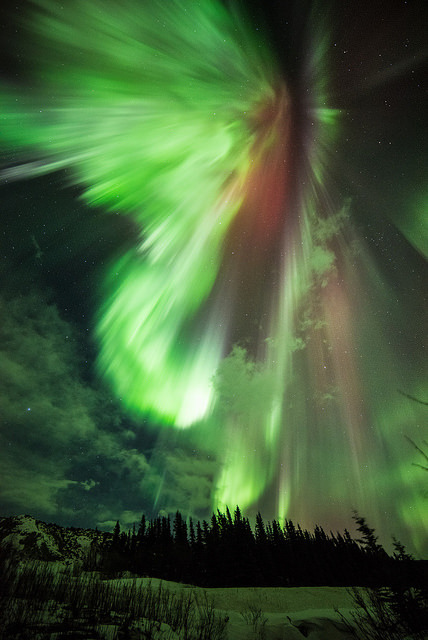
Credit: NASA/THEMIS/Sebastian Saarloos
An Illuminating Aurora
Sometimes during solar magnetic events, solar explosions hurl clouds of magnetized particles into space. Traveling more than a million miles per hour, these coronal mass ejections, or CMEs, made up of hot material called plasma take up to three days to reach Earth. Spacecraft and satellites in the path of CMEs can experience glitches as these plasma clouds pass by. In near-Earth space, magnetic reconnection incites explosions of energy driving charged solar particles to collide with atoms in Earth’s upper atmosphere. We see these collisions near Earth’s polar regions as the aurora. Three spacecraft from our Time History of Events and Macroscale Interactions during Substorms (THEMIS) mission, observed these outbursts known as substorms.

Credit: NASA/Hubble Space Telescope//ESA/STScI
A Shining Supermassive Merger
Every galaxy has a black hole at its center. Usually they are quiet, without gas accretions, like the one in our Milky Way. But if a star creeps too close to the black hole, the gravitational tides can rip away the star’s gaseous matter. Like water spinning around a drain, the gas swirls into a disk around the black hole at such speeds that it heats to millions of degrees. As an inner ring of gas spins into the black hole, gas particles shoot outward from the black hole’s polar regions. Like bullets shot from a rifle, they zoom through the jets at velocities close to the speed of light. Astronomers using our Hubble Space Telescope observed correlations between supermassive black holes and an event similar to tidal disruption, pictured above in the Centaurus A galaxy.

Credit: NASA/Hubble Space Telescope/ESA
A Stellar Explosion
Supernovae can occur one of two ways. The first occurs when a white dwarf—the remains of a dead star—passes so close to a living star that its matter leaks into the white dwarf. This causes a catastrophic explosion. However most people understand supernovae as the death of a massive star. When the star runs out of fuel toward the end of its life, the gravity at its heart sucks the surrounding mass into its center. At the turn of the 19th century, the binary star system Eta Carinae was faint and undistinguished. Our Hubble Telescope captured this image of Eta Carinae, binary star system. The larger of the two stars in the Eta Carinae system is a huge and unstable star that is nearing the end of its life, and the event that the 19th century astronomers observed was a stellar near-death experience. Scientists call these outbursts supernova impostor events, because they appear similar to supernovae but stop just short of destroying their star.

Credit: NASA/GSFC/SDO
An Eye-Catching Eruption
Extremely energetic objects permeate the universe. But close to home, the Sun produces its own dazzling lightshow, producing the largest explosions in our solar system and driving powerful solar storms.. When solar activity contorts and realigns the Sun’s magnetic fields, vast amounts of energy can be driven into space. This phenomenon can create a sudden flash of light—a solar flare.The above picture features a filament eruption on the Sun, accompanied by solar flares captured by our Solar Dynamics Observatory.
Make sure to follow us on Tumblr for your regular dose of space: http://nasa.tumblr.com
Is Witchcraft a Placebo?
What is the “placebo effect” - a beneficial effect, produced by a placebo drug or treatment, that cannot be attributed to the properties of the placebo itself, and must therefore be due to the patient’s belief in that treatment
One of the hardest aspects of witchcraft is proving it actually works. When it comes to spell jars, sigils, and other energy type work the only proof we have of its abilities to actually do anything is our own experiences.
Think of it this way:
You create a spell jar to banish negative energy from your home. You’ve been having this feeling in your gut that something just isn’t right. When you come home you feel some sort of bad mojo around you.
So you put together a spell jar. You collect all your ingredients and you perform your spell. Everything went just as planned and you have your jar all finished. You decide to place it on your altar or maybe you choose to bury it in your yard, or place it somewhere hidden like a closet or dresser..
You start to feel a lightness surrounding you (like that heavy bad feeling is gone or at the very least, slowing dissipating). ~ it’s working ~ the spell is actually working…. or is it?
You’ve been told that this will banish the negative energy from your home and you believe it. So did a jar full of herbs, objects and whatever else you used actually banish the negative energy? Or did it work because you believed it would?
We’ve argued to a point of exhaustion about intent in witchcraft. “All you need is intent, everything else is just extra shit.” You ever wonder why witches tell you this? It’s because they have some awareness that all you need to do is believe it works and it’ll work.
I’m not one of these witches lol. I’m into science and hard facts. Which is probably why my craft mostly centers around herbalism (and the medicinal properties of herbs) but I do still use crystals, candles and I’m a tarot reader but that doesn’t mean I’m not self-aware. I understand that my craft will be questioned and what kind of witch would I be if I didn’t also question my own craft and how it works.
Of course I’m not saying magick isn’t real or that witchcraft is just made up bologna. I am a witch afterall lol. What I am saying is that witchcraft and the placebo effect are very similar.
There have been medical studies where they’ve found that more than 30% of those given a placebo reported the same results as those given the actual drug. This begs the question; are the active ingredients (or properties) in the drugs actually doing anything? or is the power of suggestion strong enough to mimic the results of the drug in question?
Thoughts?
-
 sissified-bratty-travista liked this · 1 month ago
sissified-bratty-travista liked this · 1 month ago -
 zamuo reblogged this · 3 months ago
zamuo reblogged this · 3 months ago -
 zamuo liked this · 3 months ago
zamuo liked this · 3 months ago -
 anna2zkb7 liked this · 6 months ago
anna2zkb7 liked this · 6 months ago -
 ohmyjacksn reblogged this · 6 months ago
ohmyjacksn reblogged this · 6 months ago -
 anna0vu7g liked this · 6 months ago
anna0vu7g liked this · 6 months ago -
 leumas-nagrom liked this · 6 months ago
leumas-nagrom liked this · 6 months ago -
 butinstead liked this · 8 months ago
butinstead liked this · 8 months ago -
 berkyani liked this · 1 year ago
berkyani liked this · 1 year ago -
 oblivionates liked this · 1 year ago
oblivionates liked this · 1 year ago -
 cheezhayama liked this · 1 year ago
cheezhayama liked this · 1 year ago -
 fotocamera liked this · 1 year ago
fotocamera liked this · 1 year ago -
 themannamedkhaliiid liked this · 1 year ago
themannamedkhaliiid liked this · 1 year ago -
 massacre-rade-magician liked this · 1 year ago
massacre-rade-magician liked this · 1 year ago -
 techsreccothemti liked this · 1 year ago
techsreccothemti liked this · 1 year ago -
 portmunadersi liked this · 1 year ago
portmunadersi liked this · 1 year ago -
 fitzz-siimmons liked this · 1 year ago
fitzz-siimmons liked this · 1 year ago -
 generalabilities liked this · 1 year ago
generalabilities liked this · 1 year ago -
 irizymcom liked this · 1 year ago
irizymcom liked this · 1 year ago -
 mackerelshark liked this · 1 year ago
mackerelshark liked this · 1 year ago -
 epmidinma liked this · 1 year ago
epmidinma liked this · 1 year ago -
 newsdesfarist liked this · 1 year ago
newsdesfarist liked this · 1 year ago -
 sapphireprincess0919 reblogged this · 1 year ago
sapphireprincess0919 reblogged this · 1 year ago
